We thought we understood how stars are formed. It turns out, we don’t. Not completely, anyway. A new study, recently conducted using data from the Hubble Space Telescope, is sending astronomers back to the drawing board to rewrite the accepted model of stellar formation.
Continue reading “Newly Forming Stars Don’t Blast Away Material as Previously Believed. So Why Do They Stop Growing?”The Core Of The Milky Way Is An Extreme Place
Astronomers always like to look at incredibly violent places. Violence, in the astronomical sense, makes for rare conditions that can explain much about our universe. One of the violent places that astronomers love to study is the center of our Milky Way galaxy. Now, astronomers from the Center for Astrophysics (CfA) at Harvard have come up with a new catalogue of some of the most intense areas near the galactic core. They hope it will increase our understanding of these potential star-forming regions – and help explain why so few stars are actually formed in them.
Continue reading “The Core Of The Milky Way Is An Extreme Place”Astronomers Can Predict When a Galaxy’s Star Formation Ends Based on the Shape and Size of its Disk

A galaxy’s main business is star formation. And when they’re young, like youth everywhere, they keep themselves busy with it. But galaxies age, evolve, and experience a slow-down in their rate of star formation. Eventually, galaxies cease forming new stars altogether, and astronomers call that quenching. They’ve been studying quenching for decades, yet much about it remains a mystery.
A new study based on the IllustrisTNG simulations has found a link between a galaxy’s quenching and its stellar size.
Continue reading “Astronomers Can Predict When a Galaxy’s Star Formation Ends Based on the Shape and Size of its Disk”Galaxy Mergers can Boost Star Formation, and it can Also Shut it Down
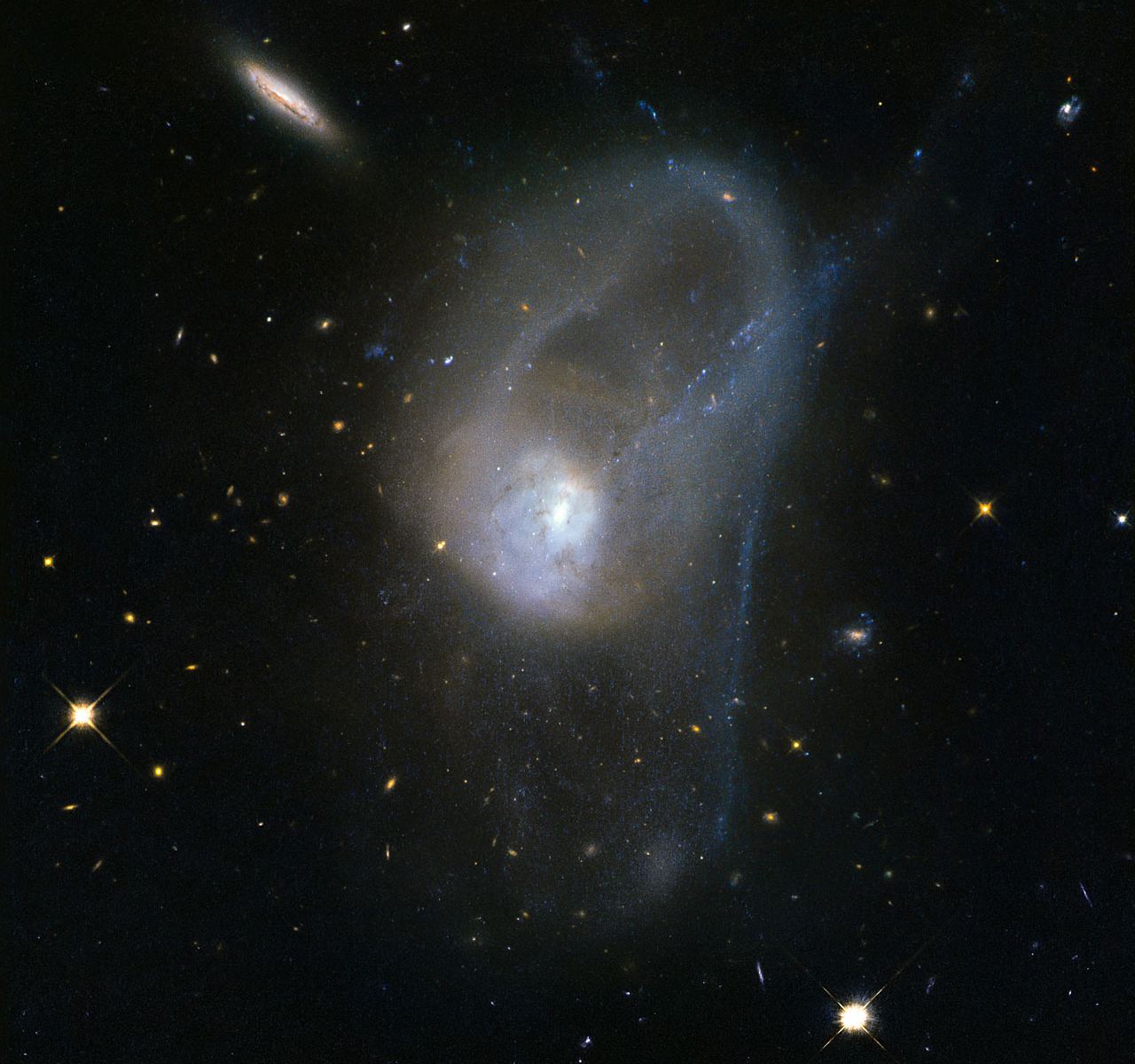
Galaxy mergers are beautiful sights, but ultimately deadly. In the midst of the collision, the combined galaxy will shine brighter than it ever has before. But that glory comes with a price: all those new stars use up all the available fuel, and star formation grinds to a halt.
Continue reading “Galaxy Mergers can Boost Star Formation, and it can Also Shut it Down”This is a Simulation of the Interstellar Medium Flowing Like Smoke Throughout the Milky Way

How do stars form?
We know they form from massive structures called molecular clouds, which themselves form from the Interstellar Medium (ISM). But how and why do certain types of stars form? Why, in some situations, does a star like our Sun form, versus a red dwarf or a blue giant?
That’s one of the central questions in astronomy. It’s also a very complex one.
Continue reading “This is a Simulation of the Interstellar Medium Flowing Like Smoke Throughout the Milky Way”This is the Fireworks Galaxy. It’s had ten Supernovae in the Last Century Alone
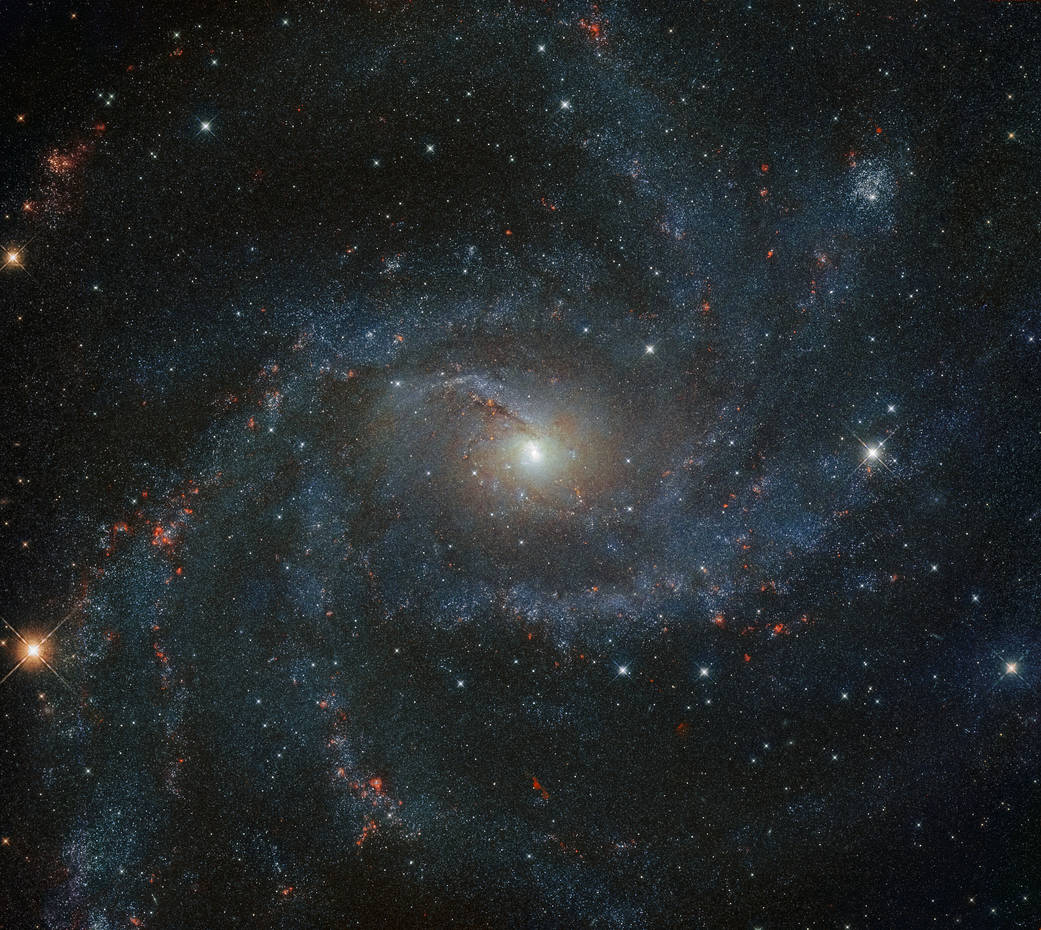
Say hello to NGC 6946, otherwise known as the Fireworks Galaxy. This little galaxy is the most prolific producer of supernovae in the known universe, popping off those incredible explosions roughly once a decade. It’s secret? An incredibly high rate of star formation.
Continue reading “This is the Fireworks Galaxy. It’s had ten Supernovae in the Last Century Alone”Massive stars get kicked out of clusters
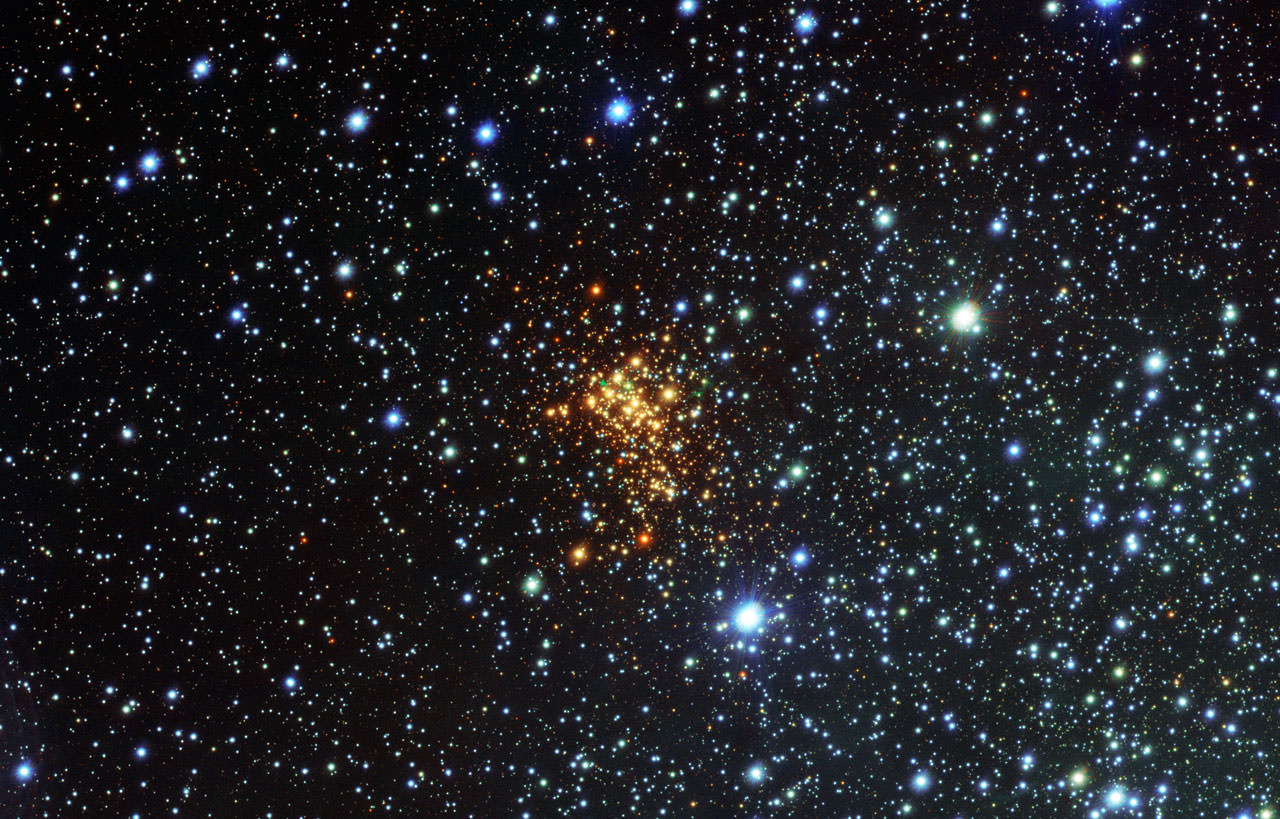
The largest stars in the universe tend to be loners, and new research points to the reason why. Although massive stars are born in clusters of many smaller brethren, they quickly get kicked out, forced to spend their lives alone.
Continue reading “Massive stars get kicked out of clusters”Seeing baby stars at every stage of their formation

Stars form from the collapse of dense clouds of gas and dust, which makes it very hard for astronomers to watch the process unfold. Recently the ALMA telescope has revealed a treasure trove of embryonic stars in the Taurus Molecular Cloud, illuminating how baby stars are born.
Continue reading “Seeing baby stars at every stage of their formation”The Corona Australis Molecular Cloud. Normally this Looks Like a Dark Blob in the Sky. But in Infrared, it Looks Like This.
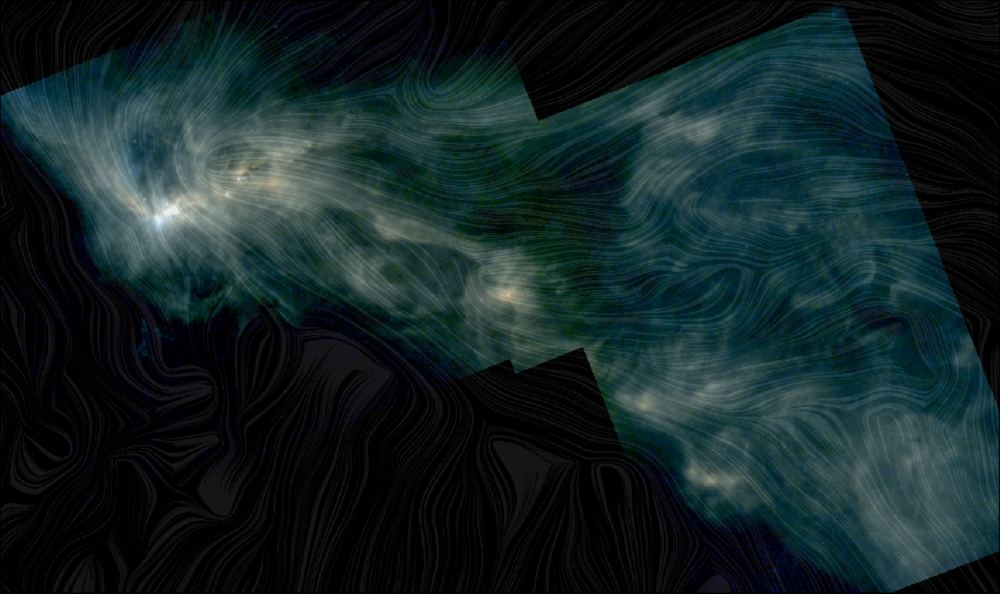
The Corona Australis is a constellation in the southern hemisphere. It’s name literally means “southern crown.” One of its features is the Corona Australis molecular cloud, home to a star-forming region containing young stars and proto-stars. It’s one of the closest star-forming regions to us, only about 430 light years away.
The ESA has given us a new composite image of the cloud with data from the Herschel Space Observatory and the Planck Space Observatory.
Continue reading “The Corona Australis Molecular Cloud. Normally this Looks Like a Dark Blob in the Sky. But in Infrared, it Looks Like This.”Hubble Looked as Far Back in Time as it Could, and Still Couldn’t See the First Generation of Stars in the Universe
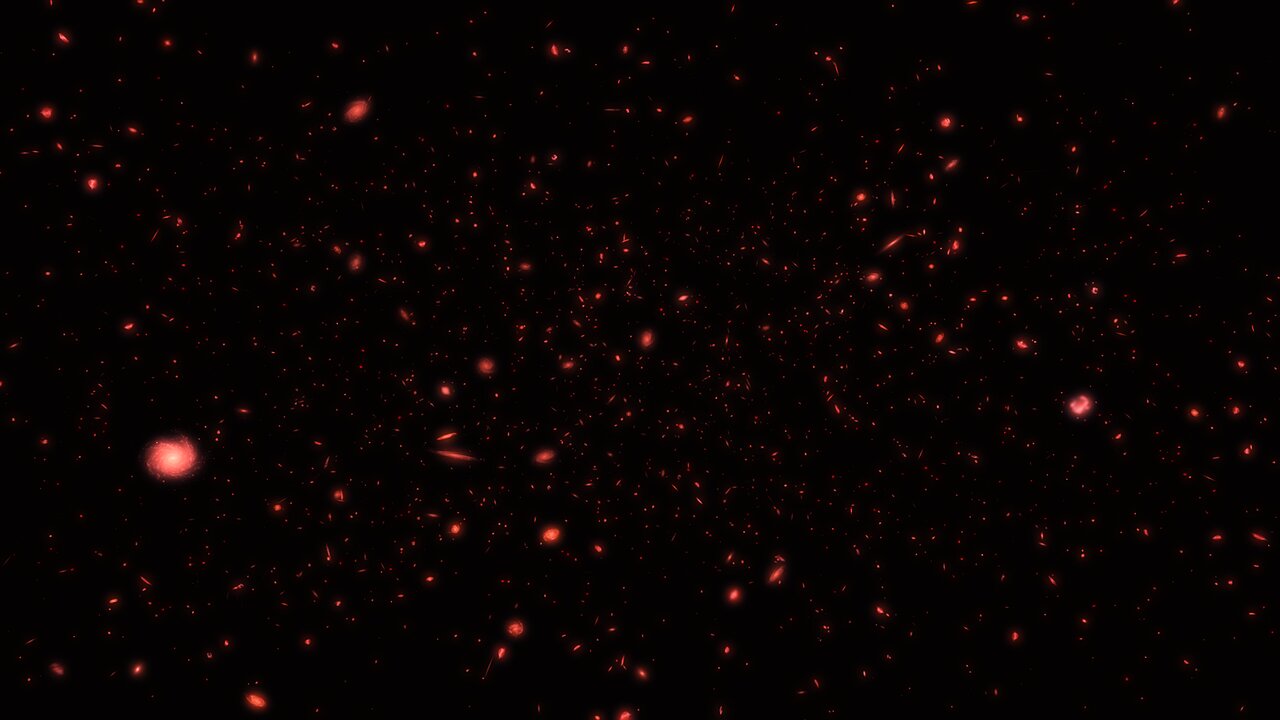
Astronomers don’t know exactly when the first stars formed in the Universe because they haven’t been observed yet. And now, new observations from the Hubble Space Telescope suggest the first stars and galaxies may have formed even earlier than previously estimated.
Why? We *still* haven’t seen them, even with the best telescope we’ve got, pushed to its limits.
Continue reading “Hubble Looked as Far Back in Time as it Could, and Still Couldn’t See the First Generation of Stars in the Universe”

